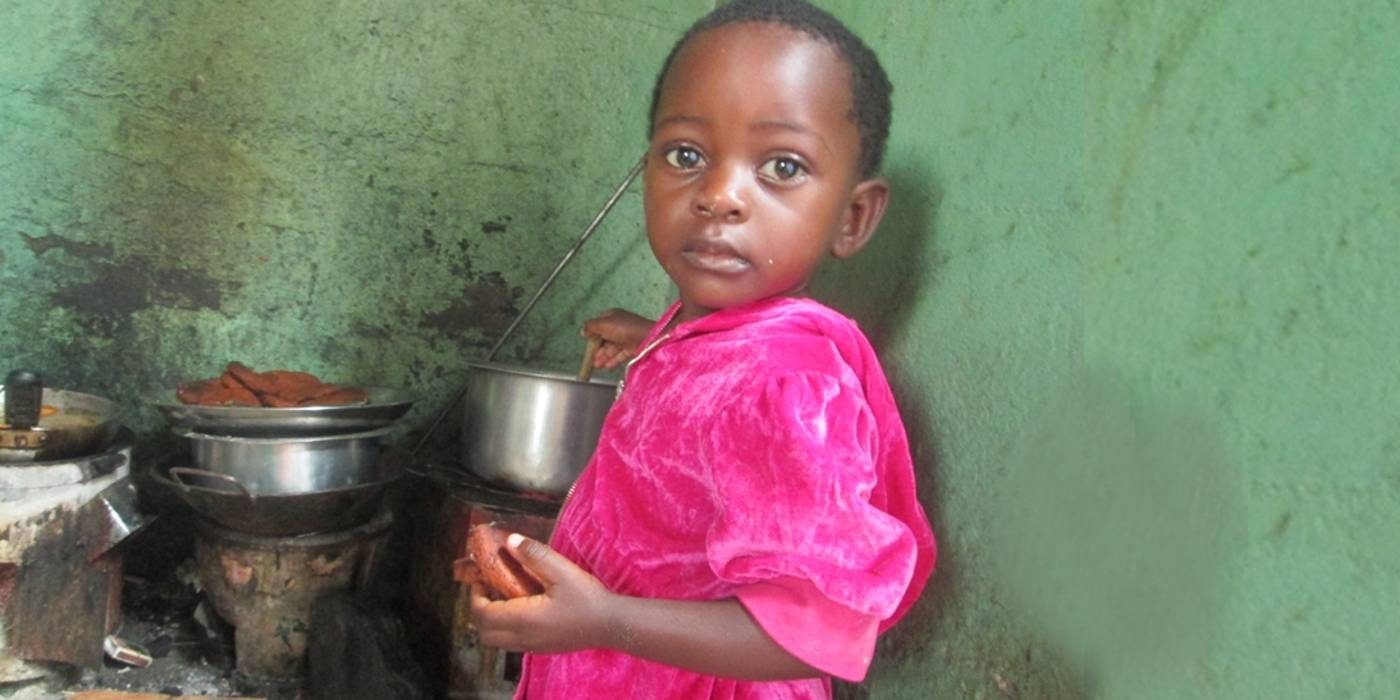
Improving first response to childhood burns in Uganda
Background:
Globally, nearly 9 million injuries and ~180,000 deaths occur annually due to burns, with the majority occurring in low-and middle-income countries. Almost two-thirds of burn injuries occur in Africa and South-East Asia. Young children are disproportionally affected with under 5-year-olds in the African region having an incidence of burn deaths of over double the global rate. Burn injuries are particularly problematic in urban slum communities such as Kisenyi, where our recent work revealed an extremely high incidence (32%) of burns in children under the age of 5.
Current first aid responses frequently involve home remedies such as applying cooking oil and sugar, eggs and other food materials, commercial creams, toothpaste, soap and traditional medicines including mixtures of urine, mud and cow dung. Yet best practice involves simply cooling the burn with water. Additionally, research shows carers are often reluctant to seek formal medical care – a key factor in poor outcomes for children with burns.
First-responder training is a cost-effective way to address pre-hospital trauma care in resource-constrained settings. Village Health Teams, faith-based leaders and school teachers could be important community educators if they are provided with appropriate training on how to cool the burn with running water for 20 minutes.
Aim
This study aims to develop an intervention to improve early response to burns in children under the age of five in a slum community called Kisenyi near Kampala in Uganda. Working alongside the local community, the research aims to identify inexpensive, effective and far-reaching measures to change current first aid practices which have the potential to reduce the health burden attributable to burns.
The objectives are to:
- Understand the modifiable individual and community-level drivers of current practices among carers and Village Health Teams (VHTs) in responding to burns among under-five-year-olds in Uganda.
- Determine behaviour change functions to address individual and community level drivers of current practice, and work with the community to co-design a contextually relevant intervention to: increase best practice first aid responses to burns in young children, and improve timely medical assessment of potentially serious burns.
- Work with the community to refine a theory of change and identify appropriate mechanisms and strategies to deliver this intervention.
- Pilot and refine the intervention and delivery mechanisms with the community.
Research Methodology
This study will be conducted in Kisenyi slum, Kampala - the largest slum area in the city. It is home to ~42,000 people (16.6% of whom are under-five-year-olds). The majority of Kisenyi households have access to piped water systems, with protected springs and boreholes as alternative sources.
Our approach is steeped in Community-Based Participatory Research and will employ mixed methods to understand the modifiable drivers of current practice and behaviours, co-design a first aid workshop and educational kit, and pilot the intervention using three delivery mechanisms, (through faith-based organisations, schools, and via the VHTs).




